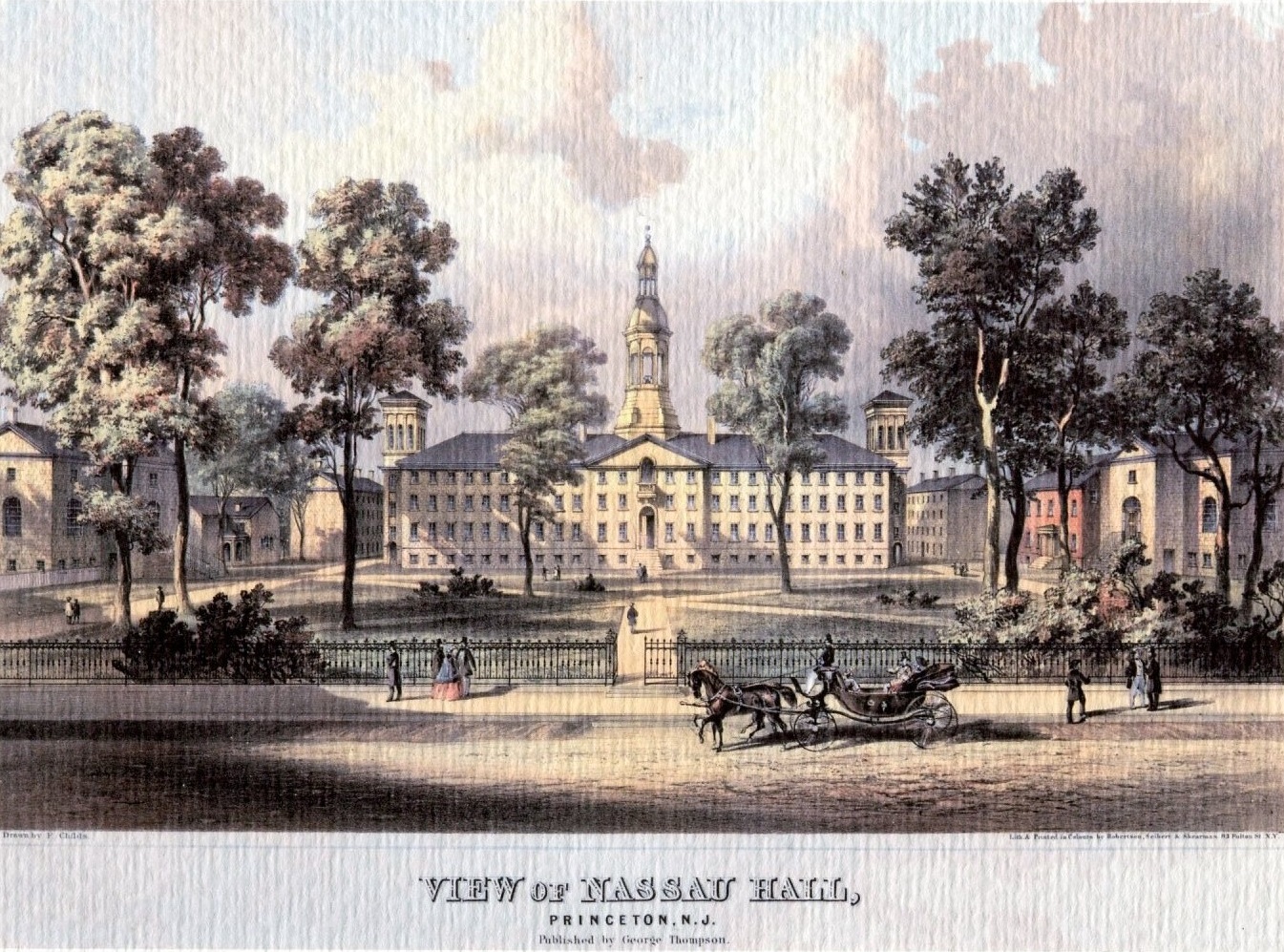-
This Week in Princeton History for February 19-25

In this week’s installment in our recurring series, a Civil War veteran is in service during a new conflict, students remember a beloved alum, and more.
-
This Week in Princeton History for December 30-January 5
In this week’s installment of our recurring series bringing you the history of Princeton University and its faculty, students, and alumni, the Glee Club breaks speed records in the Midwest, the Princeton Alumni Weekly editor is drafted into military service, and more. December 30, 1893—The Glee Club’s special tour train sets a record for the fastest…
-
This Week in Princeton History for April 1-7
In this week’s installment of our recurring series bringing you the history of Princeton University and its faculty, students, and alumni, a campus documentary wins an Oscar, the Princeton Alumni Weekly appears for the first time, and more. April 1, 1869—The Class of 1872 celebrates “All Fool’s Day” with a pasteboard band parade. In his senior…
-
This Week in Princeton History for October 30-November 5
In this week’s installment of our ongoing series bringing you the history of Princeton University and its faculty, students, and alumni, a letter provokes debate over race, undergraduates complain of excessive demands on their time, and more. October 30, 1942—A. M. Shumate ’29’s letter to the editor of the Princeton Alumni Weekly takes Daily Princetonian…
-
“This Ceremony Was Not Sanctioned”: Gay Marriage at Princeton
With the policy that young lovers of the same sex may no longer sign the marriage register and that Michael Beer and Jason Rudy will have a retractory asterisk placed by their entry, neither side of the aisle gets what it wants. … No one who has attended ours, the most pragmatic of all universities,…
-
1957 Epidemics at Princeton
The most characteristic sound around the Princeton campus last week was not the familiar and rhythmic tolling of Nassau Hall’s bell, nor even the sleep-shattering bedlam of the steam-shovels on the new U-Store site. The sound around campus was everywhere: if you went to the heights of Blair Tower, behold, it was there, and even…
-
University Archives featured in Princeton Alumni Weekly
Every few weeks the Princeton Alumni Weekly focuses one segment of the magazine to highlight items from the Princeton University Archives entitled “From the Vault.”
This blog includes text and images drawn from historical sources that may contain material that is offensive or harmful. We strive to accurately represent the past while being sensitive to the needs and concerns of our audience. If you have any feedback to share on this topic, please either comment on a relevant post, or use our Ask Us form to contact us.
